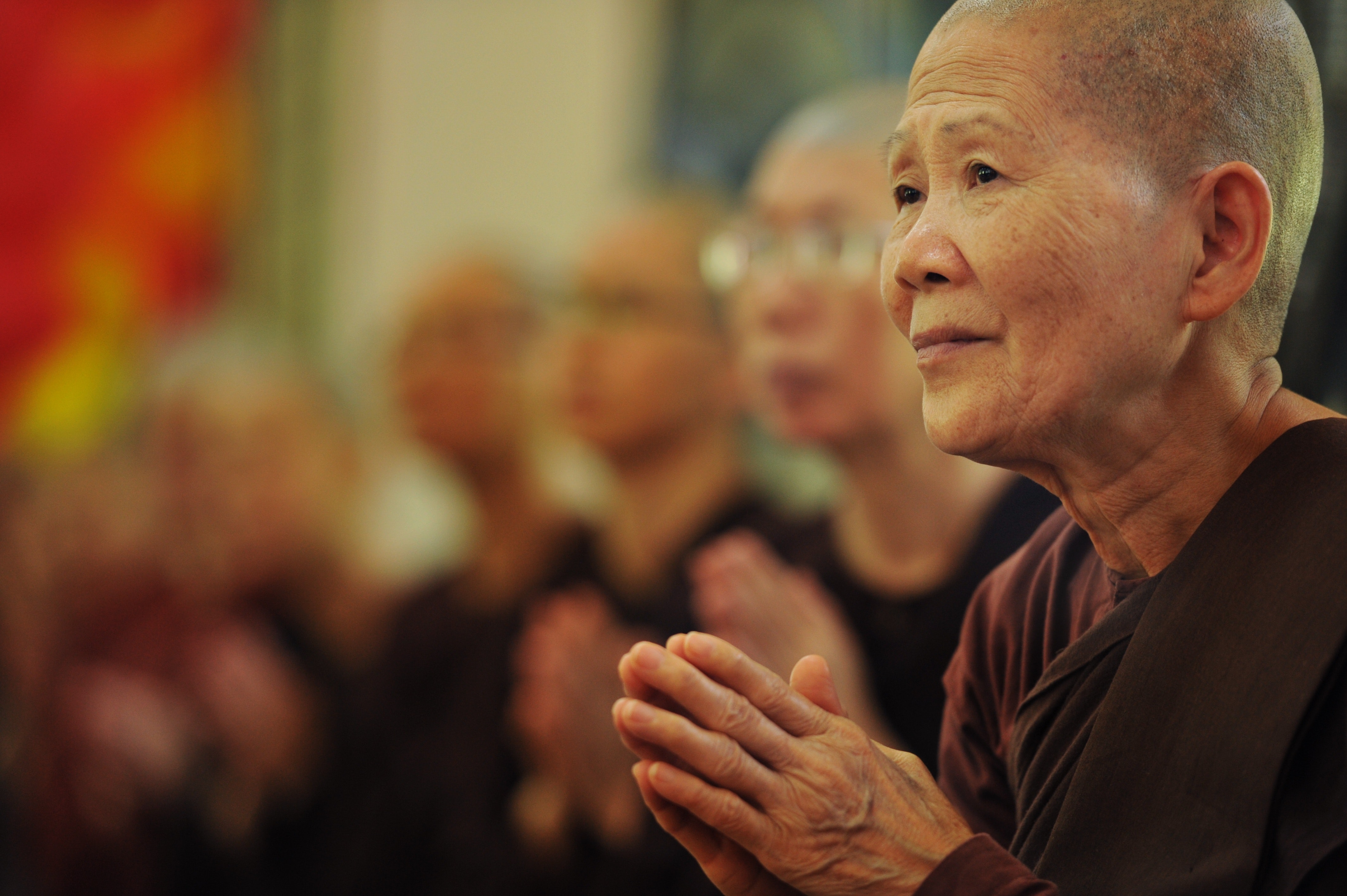What should we do with our hands during meditation?
We do not meditate with our hands: yet our hands are extremely significant parts of our being – practically, energetically and symbolically – and what we do with them can tremendously influence our consciousness, actions and environment.
Our hands are agents of our will, our means of acting in, on and for the world: we use our hands to do, express and execute – to make, build and construct; to write, draw, illustrate, design and play music; to give and receive; to bless; to greet (by shaking hands, waving or pressing together in pranam); to communicate and gesture; to point and direct; to caress and strike; to operate tools, instruments, devices, playthings and weapons; to squeeze, press, push and pull; to throw and catch; to protect and defend. Our hands are an interface between our inner and outer worlds.
Our body language reveals much: we cross our arms to shield ourselves; fold our arms to project confidence or strength; spread our arms to embrace; raise our arms in surrender; sit on our hands to avoid engagement.
Body language signifies our inner state, and can also influence our outer state.
The posture known as “folded hands” – where the palms are lightly pressed together in front of one’s heart – has been used for millennia across continents, cultures, religions and spiritual traditions for one simple reason … it works.
There are numerous theories and explanations for why this simple, humble, noble gesture has gained such wide currency from time immemorial amongst humans seeking a deeper meaning and resonance. Ultimately the theories are of little value, for this elegant pose – like sunlight, our heartbeat or the mantra “AUM” – houses in silent eloquence all the beauty, power and mystery of the universe.
